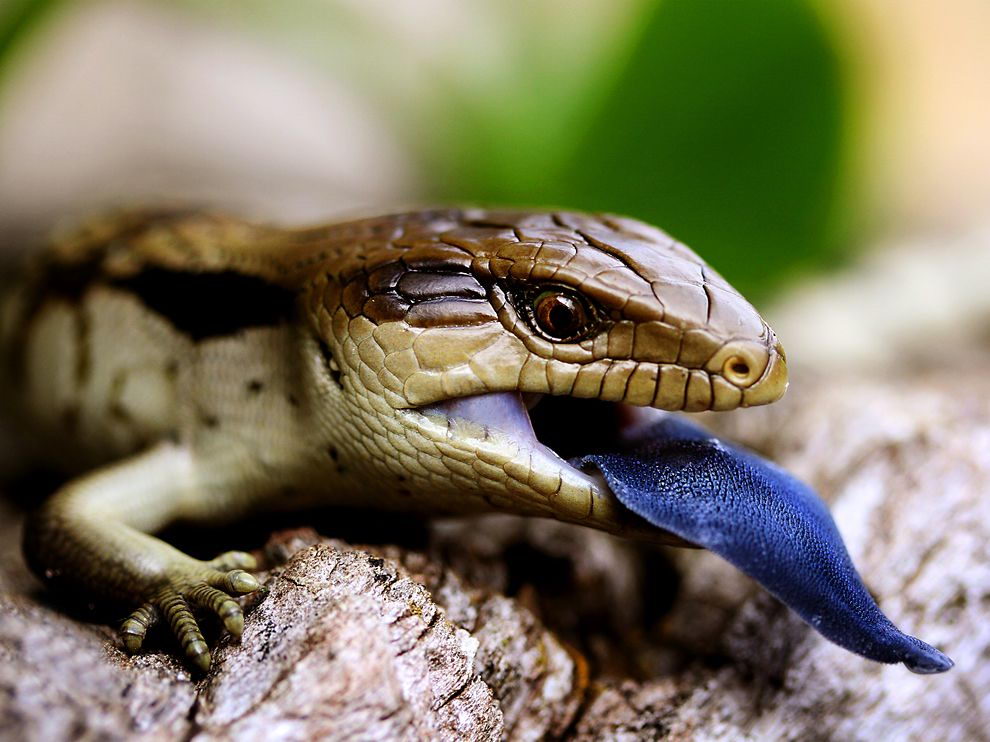Blue tongue skink (Tiliqua spp.) is the most popular type of skink that is found in the warmer climates including woodlands and deserts. The lizard is native to Australia, Tasmania, and New Guinea. Blue tongue lizard ranges in size from 7 – 24 inches (18 – 61 cm).
What Do Blue Tongue Lizards Eat
True to its name the lizard has a blue tongue within a deep pink mouth. They are omnivores (meat-eaters and plant-eaters) as they fancy eating gastropods, insects, berries, mealworms, crickets, mollusks, carrion, flowers, snails, rotting meat, worms, and fruits![]() .
.
In captivity, the lizard’s lifespan can be increased especially if it is fed with high-quality canned cat food![]() , fresh fruits, and vegetables. One must also feed gravid females with calcium D3 additives once a week.
, fresh fruits, and vegetables. One must also feed gravid females with calcium D3 additives once a week.
In captivity the blue tongue skinks like to eat vegetables such as carrots, leafy greens, summer or winter squash, parsnips, and beans. Their diet![]() can be supplemented with some fruits including bananas, strawberries, or melon.
can be supplemented with some fruits including bananas, strawberries, or melon.
They also make pretty good pets and they often make eye contact with their owners. Blue tongue lizards are likely to live up to 20 years. They are most active at midday.
These lizards are highly terrestrial species. They are slow-moving creatures with short legs and heavy body. The lizard propels themselves with their short legs. They can also fold their legs in order to move fast.
The New Guinea skinks are more apt to fight with each other. It attains the length of 15 – 18 inches.
The blue tongue skinks do not lay eggs as they are ovoviviparous for they give birth to live young.






Leave a Reply